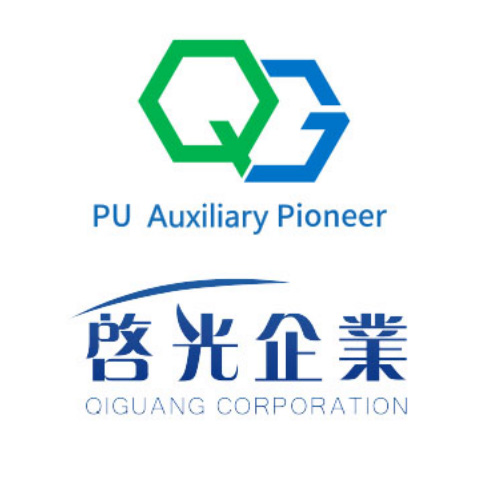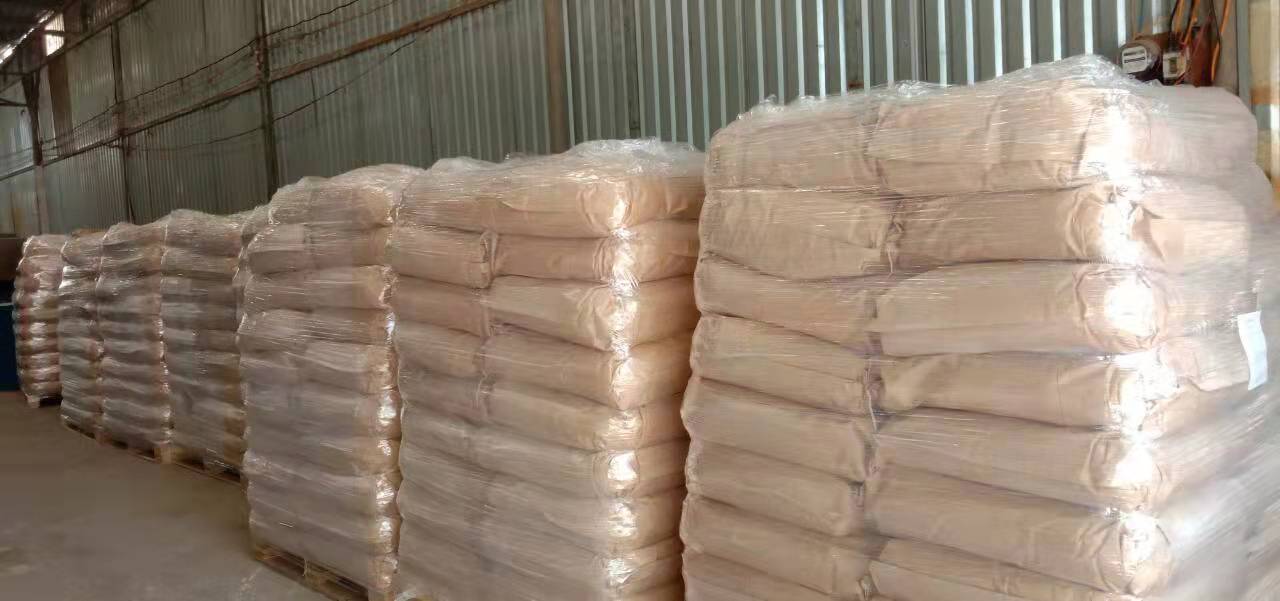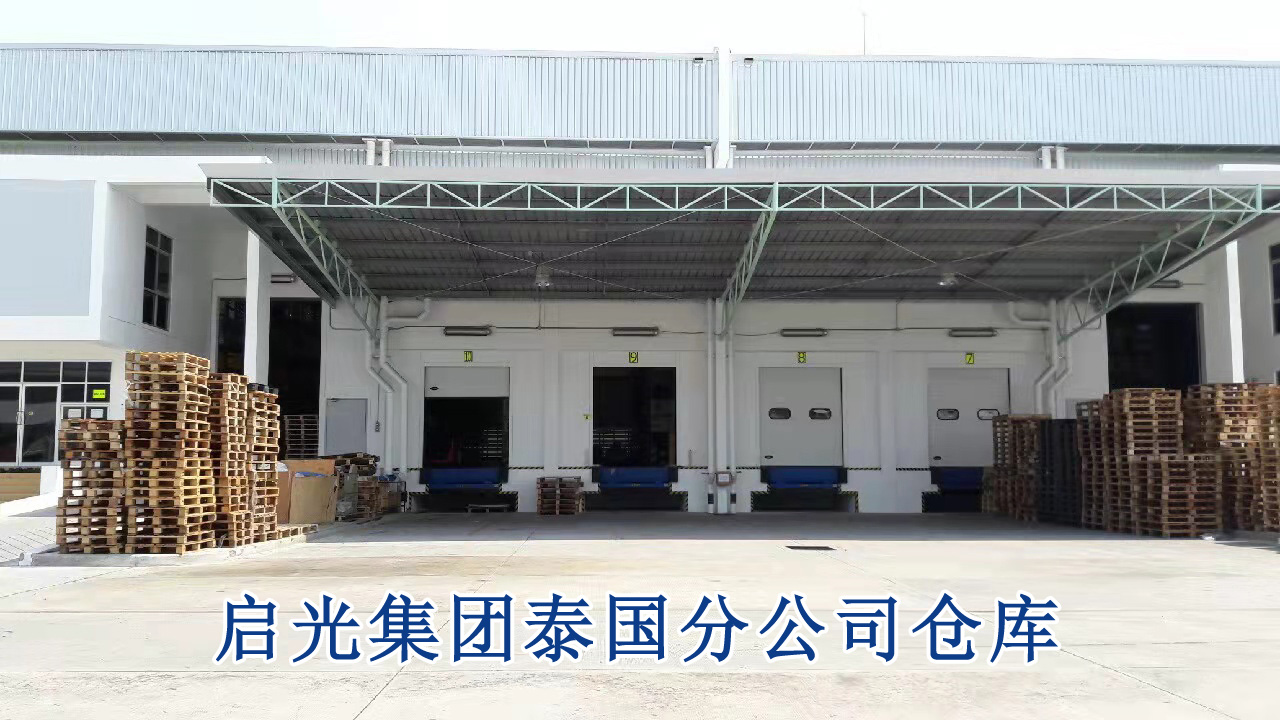1, hydroxyl value: 1 gram of polymer polyol contains the amount of hydroxyl (-OH) equivalent to the number of milligrams of KOH, unit mgKOH/g.
2、Equivalent: the average molecular weight occupied by a functional group.
3、Isocyanate content: the content of isocyanate in the molecule

4、Isocyanate index: indicates the degree of excess isocyanate in polyurethane formulations, usually expressed by the letter R.
5、Chain extender: It refers to the low molecular weight alcohols and amines that can make the molecular chain extend, expand or form spatial network cross-link.
6、Hard segment: The chain segment formed by the reaction of isocyanate, chain extender and cross-linker on the main chain of polyurethane molecule, these groups have higher internal aggregation energy, larger space volume and higher rigidity.
7、Flexible segment : Carbon-carbon main chain polymer polyol with better flexibility, which is a flexible segment in the main chain of polyurethane.
8、One-step method: It refers to the method of mixing oligomeric polyol, diisocyanate, chain extender and catalyst at the same time and then injecting them directly into the mold and curing them at a certain temperature.
9、Prepolymer method: Firstly, the oligomer polyol and diisocyanate are prepolymerized to produce polyurethane prepolymer with end NCO group, and then the prepolymer is reacted with chain extender when casting to prepare polyurethane elastomer, which is called prepolymer method.
10、Semi-prepolymer method: The difference between semi-prepolymer method and prepolymer method is that part of polyester polyol or polyether polyol is added to the prepolymer in the form of mixture with chain extender and catalyst.

11, reaction injection molding: also known as reaction injection molding RIM (Reaction Injection Moulding), is measured by the molecular weight of the zwitterionic material in liquid form, instantaneous mixing while injected into the mold, and the rapid reaction in the mold cavity, the material molecular weight increased rapidly to generate a new polymer containing new characteristics of the structure of the group at a very fast rate of the process.
12、Foaming index: The number of parts of water used in 100 parts of polyether is defined as the foaming index (IF).
13、Foaming reaction: Generally, it refers to the reaction of water and isocyanate to generate substituted urea and release CO2.
14, gel reaction: generally refers to the formation of carbamate reaction.
15, gel time: under certain conditions, the time required for the formation of liquid material gel.
16、Milk time: At the end of the I zone, the milky phenomenon occurs in the liquid-phase polyurethane mixture. The time in the generation of polyurethane foam is called the cream time (cream time).
17、Chain expansion factor: It refers to the ratio of the amount of amino group and hydroxyl group (unit: mo1) to the amount of NCO in the prepolymer, which is the molarity (equivalent number) ratio of active hydrogen group and NCO in the chain expansion agent component (including mixed chain expansion agent).
18、Low unsaturation polyether: mainly developed for PTMG, the price of PPG, unsaturation reduced to 0.05 mol/kg, close to the performance of PTMG, using DMC catalyst, the main varieties of Bayer Acclaim series.
19、Urethane grade solvent: The solvency power and volatilization speed should be considered for the production of polyurethane, but the solvent used for the production of polyurethane should focus on the heavy NC0 group in polyurethane. Can not use the alcohol, ether alcohol Lou and other solvents that react with the NCO base. The solvent also cannot contain impurities such as water and alcohol, and cannot contain alkali substances, which will make the polyurethane deteriorate.
Ester solvents are not allowed to contain water, and must not contain free acids and alcohols, which will react with the NCO group. The ester solvent used in polyurethane should be “urethane solvent” with high purity. That is, the solvent reacts with excess isocyanate, and then the amount of unreacted isocyanate is measured with dibutylamine to check whether it is suitable. The principle is that the one who consumes more isocyanate is not applicable, because it shows the total value of isocyanate consumed by water, alcohol and acid contained in the ester, and if the grams of solvent required to consume leqNCO group are used, the value is large and stable.
Isocyanate equivalents below 2500 are not used as polyurethane solvents.

The polarity of the solvent has a great influence on the reaction of the generated resin. The greater the polarity, the slower the reaction, such as the difference between toluene and methyl ethyl ketone 24 times, the polarity of this solvent molecule is large and can form hydrogen bond with the hydroxyl group of alcohol and make the reaction slow.
Polychlorinated ester solvent is better to use aromatic hydrocarbon solvent, and their reaction speed is faster than esters and ketones, such as xylene. In the construction of polyurethane of double new points, the use of ester and ketone solvents can extend its service life. In the production of coatings, the “urethane-grade solvent” mentioned earlier in the selection sheet is beneficial to the storage of stable parts.
Ester solvents have strong solvency power, moderate evaporation speed, low toxicity and more use, cyclohexanone is also used, hydrocarbon solvents have low solvency power, less use alone, and more use with other solvents.
20, physical blowing agent: physical blowing agent is the foam pore is formed by a change in the physical form of a substance, that is, through the expansion of compressed gas, liquid volatilization or dissolution of solids.
21、Chemical blowing agent: Chemical blowing agents are those compounds that can release gases such as carbon dioxide and nitrogen after decomposition by heating, and form fine pores in the composition of the polymer.
22, physical cross-linking: in the polymer soft chain has part of the hard chain, hard chain in the softening point or melting point below the temperature with the same physical properties of chemical cross-linking of vulcanized rubber phenomenon.
23、Chemical cross-linking: refers to the process of forming a network or body-shaped structure polymer by chemical bonding between macromolecular chains under the action of light, heat, high-energy radiation, mechanical force, ultrasonic waves and cross-linking agents.
24、Foaming index: The number of parts of water used in 100 parts of polyether is defined as the foaming index (IF).
25. What are the commonly used isocyanates from the structure of which categories?
A: Aliphatic: HDI, alicyclic: IPDI, HTDI, HMDI, aromatic: TDI, MDI, PAPI, PPDI, NDI.
26. What are the commonly used isocyanates? Write down the structural formula
A: Toluene diisocyanate (TDI), diphenylmethane-4,4′-diisocyanate (MDI), polyphenylmethane polyisocyanate (PAPI), liquefied MDI, hexamethylene diisocyanate (HDI).
27. What do TDI-100 and TDI-80 mean?
A: TDI-100 means it is composed entirely of 2,4 structured toluene diisocyanate; TDI-80 means it is a mixture of 80% 2,4 structured toluene diisocyanate and 20% 2,6 structured.
28. What are the characteristics of each of TDI and MDI in the synthesis of polyurethane materials?
A: For the reactivity of 2,4-TDI and 2,6-TDI, the reactivity of 2,4-TDI is several times higher than that of 2,6-TDI because, the 4-position NCO in 2,4-TDI is far away from the 2-position NCO and methyl group, and there is almost no site block, while the NCO of 2,6-TDI is affected by the site block effect of the neighboring methyl group, and the reactivity is affected.
The two NCO groups of MDI are far away from each other and there is no substituent around, so the activity of both NCOs is larger. Even if one of the NCOs participates in the reaction, the activity of the remaining NCO decreases, but the overall activity is still larger, so the reaction activity of MDI-type polyurethane prepolymer is larger than that of TDI prepolymer.
29. Which of HDI, IPDI, MDI, TDI and NDI is better in yellowing resistance?
A: HDI (non-yellowing aliphatic diisocyanate), IPDI (polyurethane resin with excellent optical stability and chemical resistance, generally used in the manufacture of high-grade non-discolored polyurethane resin).
30. Purpose of MDI modification and common modification methods
A: Liquefied MDI: Purpose of modification: Liquefied pure MDI is MDI modified by liquefaction, which overcomes some defects of pure MDI (solid at room temperature, melting for use, and affecting performance by repeated heating), and also provides the basis for a wide range of modification to improve and enhance the performance of MDI-based polyurethane materials.
Methods.
①Liquefied MDI modified by carbamate (urethane ).
② Carbodiimide and uretonimine type modified liquefied MDI.

